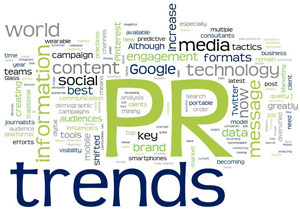The volume and speed of B2B marketing have never been higher. Campaigns require rapid execution. Content must stay consistent. Data demands constant review. Yet in thousands of small and medium businesses, one person handles it all. Quietly, the solo marketer has become the backbone of these companies. They act as creative director, content writer, data analyst, campaign manager, and social media lead. The work keeps going only because they keep going.
Survival Mode Becomes the Default
Most solo marketers do not choose to work alone. Companies shrink teams while raising expectations. Budgets stay tight and deadlines stay aggressive. Many marketers start their day planning content, spend the afternoon writing, and end the night reviewing analytics.
“I sometimes feel like I work in three places at once,” says a B2B marketer who has operated alone for three years. “I strategise in the morning, write during lunch, and analyse numbers at night. Yet clients and leadership still want more.”
Even with the pressure, many solo marketers thrive. They sharpen the skills of prioritisation, automation, and fast creative judgment. Survival mode becomes a competency, not a crisis.
Flexibility Becomes a Hidden Advantage
Working alone also creates advantages that large teams cannot match. Solo marketers move fast. They launch tests without waiting for approval. They pivot instantly when something stops working. Constraints often spark their most original ideas.
“It’s tiring, but I enjoy trying something new and seeing results within hours,” another marketer says. “I don’t need to convince anyone to take the risk. If it fails, I adjust and try again.”
Their speed and adaptability give small businesses the agility that larger marketing departments struggle to replicate.
The Weight of Every Role
The reality remains tough. Burnout stays close. When campaigns fail, the solo marketer takes all the blame. When challenges arise, they tackle them without a partner to think aloud with. One person now carries responsibilities that once belonged to entire teams.
Solo marketers must think like strategists, design like creatives, write like copywriters, and analyse like data specialists. Only those who work alone understand the mental load this requires.
Recognition and Support Still Lag Behind
Despite their importance, many solo marketers rarely receive recognition. Their products often operate in niche markets, so leadership overlooks their impact. Yet small businesses rely heavily on the insights, speed, and adaptability they bring.
Industry experts argue that companies should invest in tools, training, and support networks before burnout becomes unavoidable. The solo-marketer model is rising, but support systems have not caught up.
The New Backbone of B2B
In a marketing world obsessed with KPIs, automation, and AI tools, the solo marketer still does the human work that holds everything together. Their ability to blend strategy, creativity, and analysis makes them indispensable.
Across hundreds of businesses globally, solo marketers quietly drive growth, sustain campaigns, and build brand identities from scratch. Their work is demanding, but it remains deeply impactful.
The truth is simple. B2B marketing may be a team sport on paper, but in reality, one person often carries the entire field.
ALSO WATCH MARKETING EDGE ONTV







Comment
No comments found.